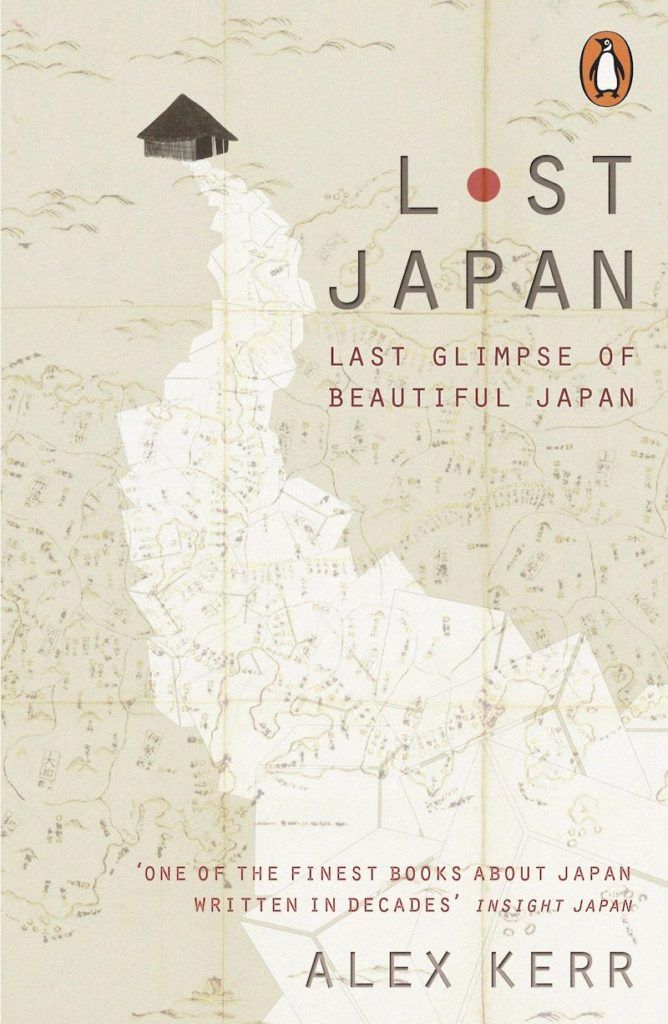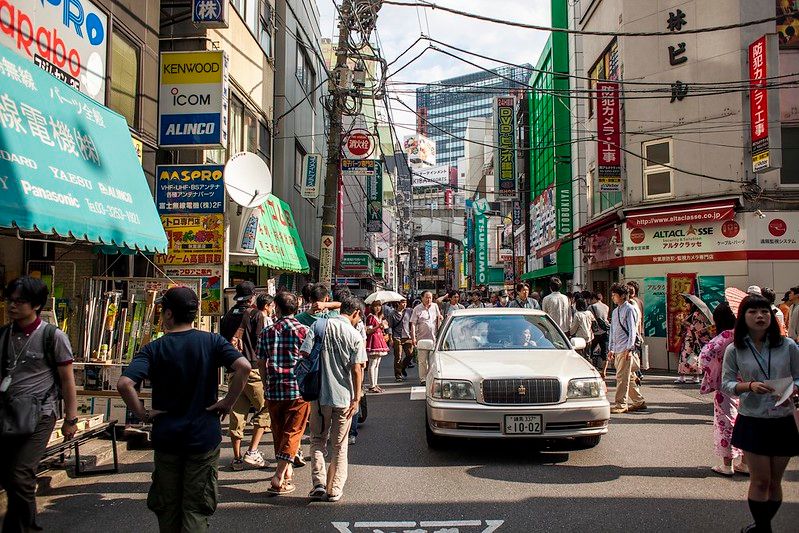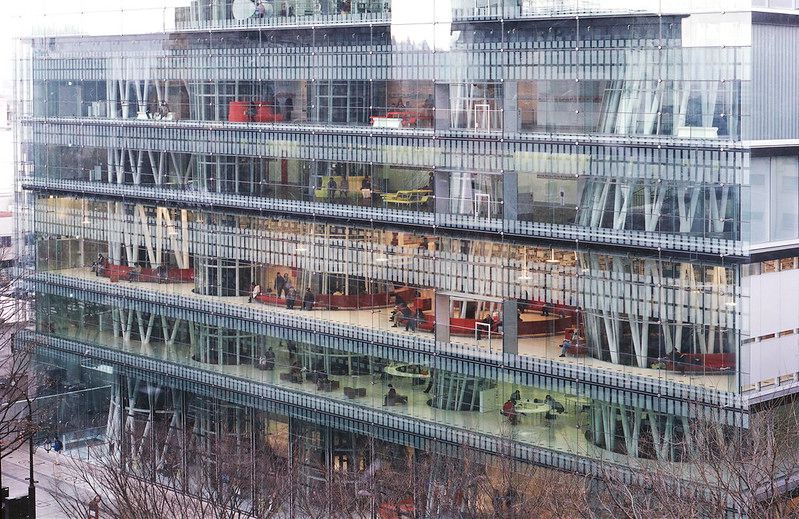Lost Japan by Alex Kerr

LostJapan: Last Glimpse of Beautiful Japan Paperback by Alex Kerr
Introduction
Lost Japan is a headfirst dive into Japan and its culture. Written by an American whose heart was captured by Japan from an early age and has spent his life getting to know it. So much so that the articles he assembled this book from were originally written in Japanese and translated from the Japanese not by Kerr but by another writer (Bodhi Fishman).
I think this is an important thing to notice about the book, that this is a book about Japan meant for the Japanese themselves. Its also semi-autobiographical telling the authors life through his discovery of Japan.
I believe Lost Japan has barely ever been out of print in English since it was published. It’s insightful, opinionated and hard to put down. Moreover if you read and liked In Praise of Shadows (Chapter two nods at the book), you will find a collection of articles in the same vein but perhaps more accessible and which brings our view of Japan a little more up to date to the beginning of the 2000’s.
So I recommend this book wholeheartedly see below for a few notes and some of the key ideas running through this book.
Insights
Often I have seen that a person from outside a Culture but who gets to know it and lives within it has a perspective that can’t be had from a native. Alex Kerr here is able to compare clearly and then articulate the differences between West and East, China and Japan. A light is thrown upon all these cultures that someone who has been brought up from within is not privy to. Often they are too close to the trees to see the wood.
Japans culture have always seemed quite alien to me. Beautiful but different. Their Architecture for example often seems to start with different assumptions, houses can be without windows, living rooms without roofs.
Their Minimalism comes naturally and beautifully much more in tune with their culture than the Western versions and yet often on the outside in their cities there is pandemonium and mess everywhere. Alex Kerr ponders these ideas and it will help you understand both Japanese and your own aesthetic preconceptions better.
Key Ideas
I have tried to summarise the book, not by running through it chapter by chapter but by bringing some key polar ideas together which run through the book and help me summarise the books main ideas and also describe Japan through those ideas.
Often they are concieved of as opposites but I think its more useful in this situation as thinking of them as the same force with opposite direction. These things don’t constitute separate things altogether but are symbiotic.
I also recognise that summarising a culture, particularly one as rich and deep as that of Japan is a ridiculous work but it’s possible to use a blunt tool for thought from which deeper insight can come.
History and Culture
Western visitors to Japan, appalled at the disregard for city heritage and the environment, always ask, ‘Why can’t the Japanese preserve what is valuable at the same time as they modernize?’ For Japan as a nation, the old world has become irrelevant; it all seems as useless as the straw raincoats and bamboo baskets abandoned by the Iya villagers.
The modern world was imported to Japan with some Western ideology along for the ride an idea also present in In Praise of Shadows. One of the consequences of this is that the Japanese have turned their backs on the traditional Japanese way of life. In some cases they literally walked out of their houses in the country to start new Westernised lives.
So their valuing of their traditional Culture, buildings and even nature have been much damaged. Take a look at their cities. Where electric wires are everywhere and urban planning appears totally absent.
Japan is the only advanced nation in the world that does not bury electric lines in its towns and cities, and this is a prime factor in the squalid visual impression of its urban areas.

Street in Japan (Photo by GerogeN)
Fluorescant light is a backdrop for everything. Japans nature has been concreted over and its new ugliness overlooked.
visitors to Japan are unprepared for the complete and utter victory of fluorescent lighting, whose flat bluish glare has penetrated homes, museums, hotels, everywhere.
This state has come about because the Japanese have disposed of their History and been able to put on blinders to the surroundings putting on a haiku mindset.
The architect Sei Takeyama has pointed out that one reason for this state of affairs is the ability of the Japanese to narrow their focus. This is what led to the creation of a haiku in which the poet shuts out the entire universe to concentrate on just one frog jumping into a pond.
The Japanese are raising their history to the ground and rebuilding the future, sometimes rebuilding an imagined West or a reimagined Japan. Urban Space will not inherit new layers of building and meaning like so much of the West but will be rebuilt again as theme park.
The future of Japan, and possibly of all East Asia, is going to be theme parks. As living cities like Kyoto decay, they will be replaced by copies.
To put it bluntly, these places have become cities of illusion, historical theme parks. In East Asia, there are no equivalents of Paris or Rome — Kyoto, Beijing and Bangkok have been turned into concrete jungles.
Individualism and Collectivism
Diane said, ‘You know, Westerners with their full-blown personalities are infinite in interest as human beings. But Western culture is so limited in depth. The Japanese, on the other hand, so restricted by their society, are limited as human beings. But their culture is infinitely deep.’
Kerr argues that the Kamakura Shogunate repressed individualism to a huge extent and this repression of the individual still goes on today. Social conformity describes much of social and business life in Japan. It can stifle but also it allows for the expression of views from all the members of that group.
The muffled scream of the individual being strangled by society is psychologically what the tragic Kabuki loyalty plays are all about.
But as intimated above the Collective reservoir gives a clarity to the culture and allows them to persue something together.
Its not in the book and I can’t find the refernce to this story but I remember I heard this about The Sendai Mediatheque by Toyo Ito. The Architect planned for the building to have steel tubes welded together to make huge but open columns holding up the building but through which people could move. The Coulmns had to be individually made and welded together by skilled steelworkers.

Sendai Mediatheque (photo by eager)
It was hard to build, costly and time consuming, Toyo Ito began to get frustrated with the idea of keeping them open and thought about cladding and hiding them. The builders though persuaded him to continue with his original concept. He had persuaded them of his vision and they told him they would do it that he couldn’t let them down either.
While repression of individuality is one effect Proceeding by accord is a positive side to this Japanese way of thinking.
Kitch and Refinement
At the same time, there is a tendency in Japan towards over-decoration, towards cheap sensuality too overt to be art. Recognizing this, the Japanese turn against the sensual. They polish, refine, slow down, trying to reduce art and life to its pure essentials. From this reaction were born the rituals of tea ceremony, Noh drama and Zen. In the history of Japanese art you can see these two tendencies warring against each other.
Japan battles two poles it imports much of its culture but then sets about transforming it. There is an urge to refine and simplify these things of kitchify. The repression of the kitchification of things in order to bring out a simplification can be seen as deep principals for many Japanese art forms.
The culture of the Japanese is bracketed by the two extremes of ‘clutter’ and ‘emptiness’. But when it comes to the middle ground of ‘organized space’, that is, space with objects organized for daily use, their tradition fails them.
This links in with the ugliness of their cities there is no compromise between clutter and emptiness that a reasonable compromise between nature and artiface, order and disorder is sometime ellusive.
Anyone who has spent time in a Japanese home or office knows that they are usually flooded with objects. From the old farmhouses of Iya to the apartments of modern Tokyo, living in a pile of unorganized things is a typical pattern of Japanese life. In my view, this is what led to the creation of the teahouse.
It is similar with Nature Japanese instinct to tame nature seen in many artistic pursuits, but can be seen to now sometimes oppposed to the zen of being in nature.
Light and Dark (color vs plainess)

Traditional Japanese House (Photo by Jun Ueta)
Anyone who has lived in an old Japanese house will know how one always feels starved of light, as if one were swimming underwater. It was the constant pressure of this darkness that drove the Japanese to create cities of neon and fluorescent lights. Brightness is a fundamental desire in modern Japan, as can be seen in its uniformly lit hotel lobbies and flashing pachinko parlors.
Japanese houses used to be dark. Now they are lit with artificial fluorescant light that is so cold it washes out color.
Where gold was once used now it is absent from Japanses culture. Japanese films look washed out there is more light now but the depth of shadows and color has been lost.
Overall
This is a beautiful book and you could well read it directly after In Praise of Shadows and that would give you a good entry point into Japanese culture in the 20th Century. It may be already a little out of date having been articles written in the eighties and collected in the nineties.
The tone overall is a wistfullness for the Lost Japan of the Tile a Japan that is already disappearing from view in the rear view mirror. The Current Japan is less to Kerr’s liking. However the last chapter ends in an upbeat note.
The chance to create new kata comes around only once every three or four hundred years, and the present time is such an opportunity.
Kerr identifies a set of kata of artists that have set a new individual path for Japan. Perhaps to be followed.
A final quote that maybe sums up the attitude to many things in life we should have. Definitely when you feel in awe of something or someone. When the mastery of something seems beyond you.
A friend of mine studied the art of bonkei But as she slowly worked her way up the hierarchy of bonkei technique, the final secret eluded her: no matter what she did, her sand never held together in the perfect waves and ripples of the master’s precisely arranged grains. She bowed at the feet of the master, and he spoke. ‘Use glue,’ he said.